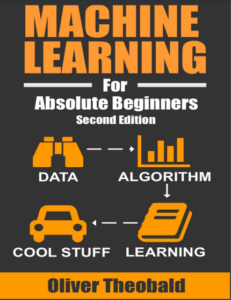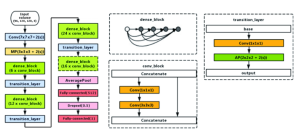It is now crucial to integrate machine learning into numerous business operations in the quickly changing digital world of today. Of these uses, assortment optimization jumps out as a vital tactic for companies trying to stay on the cutting edge. This careful book investigates the perplexing connection between arrangement streamlining and AI, giving helpful data and possible strategies for organizations hoping to work on their seriousness on the lookout and functional adequacy.
Perceiving Retail Collection Advancement
Retailers use assortment optimization to identify the best product selection to sell in-store or online. To boost benefits, lessen stockouts, and ensure client joy, this method is fundamental. Retailers might immensely affect client choices and generally deals execution via cautiously picking what merchandise to convey.
Machine Learning’s Place in Assortment Optimization
An essential component of artificial intelligence is machine learning, which is used to improve assortment optimization techniques. Retailers may use it to make data-driven choices, forecast trends, and evaluate big databases. By forecasting demand, identifying trends in customer behavior, and optimizing inventory levels, machine learning algorithms make sure that the proper items are accessible when they’re needed.
Predictive Analytics for Demand Forecasting
One of the key applications of machine learning in assortment optimization is predictive analytics. By analyzing historical sales data, customer preferences, and market trends, machine learning models can accurately forecast product demand. This predictive capability allows retailers to adjust their inventory in real-time, reducing the risk of overstocking or understocking.
Personalization and Customer Segmentation
Retailers may likewise tailor their item offers and fragment their buyer base with the utilization of AI. By researching individual customer preferences and purchase patterns, retailers can tailor their assortments to meet specific customer demands and increase customer satisfaction and loyalty.
Systems for Dynamic Estimating
Dynamic estimating is made conceivable by the reconciliation of AI into evaluating frameworks; variety streamlining can benefit significantly from this. Through aggressive investigation, client interest, and market conditions, AI calculations might suggest the best cost plans for different things, thusly upgrading benefit.
Implementing Machine Learning in Assortment Optimization
The implementation of machine learning in assortment optimization involves several steps, each critical to the success of the strategy.
Data Collection and Analysis
The foundation of any machine learning application is data.Retailers are required to gather and evaluate enormous volumes of data, such as sales statistics, client reviews, and industry trends. Machine learning models are then trained on this data in order to find trends and generate predictions.
Choosing the Right Machine Learning Model
Selecting the appropriate machine learning model is crucial for effective assortment optimization. Retailers must consider various models, such as regression analysis, clustering, and neural networks, to find the one that best suits their specific needs and data characteristics.
Ongoing Education and Adjustment
For machine learning models to continue working, they need to be updated and trained on fresh data on a regular basis. These models should adjust as new trends and market conditions develop to keep the assortment optimization technique current and useful.
Issues and Things to Think About in Assortment Optimization
While there are many advantages to machine learning for assortment optimization, merchants nevertheless face some difficulties.
Privacy and Data Quality
For AI expectations to be right, information quality should be guaranteed. Retailers that assemble and break down purchaser information should likewise know about information security regulations.
Combining with Current Systems
It might be difficult to integrate machine learning models with current retail systems. For their assortment optimization initiatives to be executed effectively, retailers must guarantee a seamless connection.
Knowledge and Proficiency
Machine learning implementation calls for a certain set of abilities and knowledge. To properly integrate machine learning into their operations, retailers might need to make training investments or employ experts.
Conclusion
A significant improvement in retail technique is the utilization of AI for collection improvement. Retailers can increment shopper satisfaction and lift income by using computer based intelligence and information examination to go with all around informed choices. The coordination of these advancements will be significant for organizations attempting to remain in front of the opposition as the retail business creates.




Comments
Pingback: Auto Insurance Quotes : Everything You Need to Know
Pingback: Assortment Optimization Machine Learning | by Danishaliarshar | Mar, 2024 – Jupiter News
Pingback: Assortment Optimization Machine Learning | by Danishaliarshar | Mar, 2024 - Cash AI